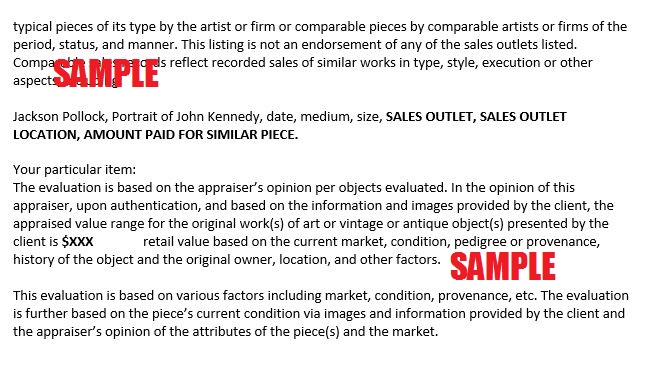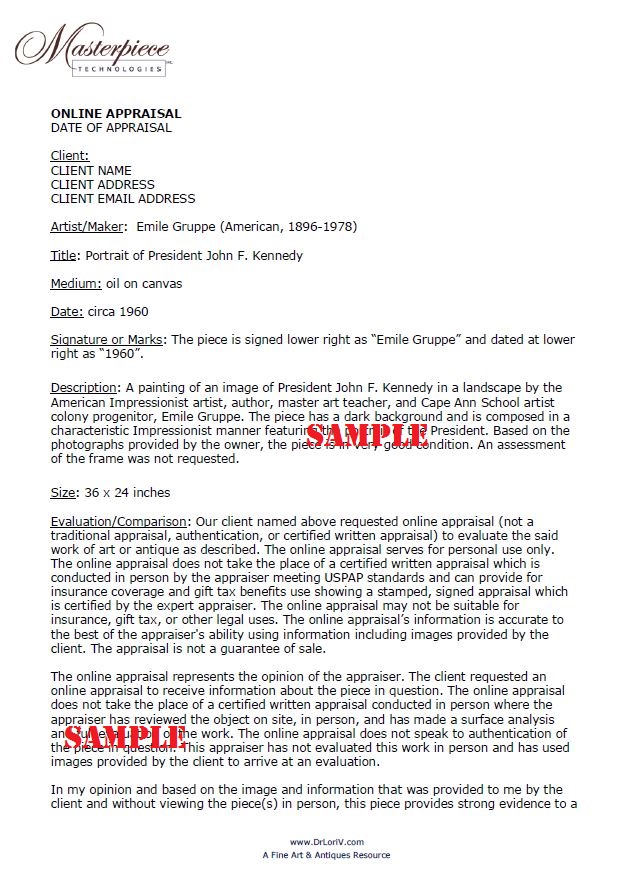
by Dr. Lori Verderame
In the United States, the National Gold and Silver Stamping Act of 1906 required jewelers to include an accurate purity or fineness mark with the materials used on a piece. In 1961, jewelry manufacturers were further mandated to include a maker’s mark showing who or which company produced a piece of jewelry. This 1906 act was enacted to protect and inform the public using silver jewelry marks.
Silver Purity Marks
Silver, a soft metal, is the most abundant of the precious metals. Silver must be united with other non-precious metals to offer additional strength. Silver purity marks specify fineness or metal content. The most common silver mark is the sterling mark which reaches the sterling standard and demonstrates that a piece of jewelry is comprised of 92.5 percent pure silver. Marks on items that are made of sterling silver reflect the word “sterling” or “925”. Candlesticks, trays, teapots, jewelry, trinket boxes, flasks, and a host of other items will be marked to reflect their silver content in the following ways such as “Sterling” or “925” or the less commonly used marks of “STG,” or “STER.” Some silver pieces are marked “German Silver” or “Nickel Silver.” These pieces are not silver at all, but are composed of copper, nickel, and zinc. It is confusing that they retain the word silver in their description however, German silver and Nickel silver have retained these marks over time. If a piece of sterling silver jewelry is marked as “Vermeil,” then that means that the piece of sterling silver jewelry has been enhanced with a thin coating of gold overlay.
German Silver and Nickel Silver
While the terms, German Silver and Nickel Silver could and have been used interchangeably, neither of these terms refer to object that have any silver in them at all. What, you ask? That’s right, German Silver and Nickel Silver are not silver at all. German silver imitated Chinese alloys of the 18th Century and is a silver/white alloy of copper (approximately 50-61 percent), zinc (approximately 17-19 percent), and nickel (21-30 percent). There is no silver in German or Nickel silver. This type of “silver” was developed by German metalsmiths but discovered in France, circa 1820. Characteristics of German silver differentiate it from other silvers such as its hardness, resistance to corrosion and tarnish, low cost, malleable, long lasting, and lightweight properties.
Alpacca/Alpaca Metal
If it looks like silver but it’s not silver…it’s probably alpaca. You may often find pieces of silver colored jewelry that is not shiny but is marked with unusual marks such as alpaca or alpacca. Alpaca is a gray dull metal made up of copper, zinc, nickel and tin. Typically alpaca is of Mexican, Central, or South American origin. Alpaca is commonly used as a base metal for pieces of jewelry or household wares like trays and teapots that are going to be silver plated. Alpaca goes by many names and is marketed with various marks. Alpaca is sometimes referred to as new silver. Alpaca, like German or Nickel silver, has no silver content at all.
Silver marks: 800, 900, Coin or Britannia
Some silver pieces of jewelry are marked 800 or 900. Of course, because these pieces are not sterling silver because they are not 92.5 percent pure silver. Silver pieces like necklaces or rings marked 800 have 80 percent pure silver content. And, it follows that silver pieces like trays or bracelets marked 900 contain 90 percent silver content, both falling short of the 92.5 percent purity standard that is sterling. In some instances, silver pieces marked 900 are known as coin silver or standard silver. And, pieces with an 800 silver mark are called European silver.
Coin silver is a material that contains 900 parts per 1000 parts pure silver. To create coin silver, there is another 100 parts of another metal within coin silver. Silver with a 900 purity level was often called “Coin” since throughout the centuries government silver coins were melted down to make other objects. Coin silver was regularly used for pieces of fine silver jewelry, tea sets, tankards, trays, flasks, etc. The use of coin silver for the production of various objects took place before commercial sheet silver was widely available.
One of the best known silver types is Britannia silver. Britannia silver is a very high-quality silver alloy. Britannia silver has 95.8, almost 96, percent pure silver content and is often marked with the numbers “950”. This type of silver has a higher silver purity level than sterling silver.
In Great Britain, jewelry hallmarks must abide by the Hallmarking Act of 1973. Piece of jewelry made prior to 1999 must, according to the Hallmarking Act, include a date letter stamp that corresponds to the year in which the item was registered with the local or regional Assay Office.
In addition to some of these better-known names for silver with various purity levels, silver pieces of jewelry, flatware, and household goods are often marked with indicators, marks, or symbols that give information other than purity percentages. Some jewelry will bear symbols, letters and other hallmarks that come from assay offices.
For instance, in the United Kingdom, jewelry marks include information from local or regional assay offices. One of the compulsory marks that must be added to a silver item in Great Britain is the Assay Office mark. The Assay Office mark is a symbol which indicates the regional office that hallmarked the silver item. The Assay Office mark symbols differ based on location. For example, the Assay Office mark for a piece made in Birmingham, England is an anchor. The Assay Office mark for a silver piece made in Edinburgh, Scotland is a castle. A leopard’s head mark on a piece of silver represents the Assay Office of London and a rose is the Assay Office mark or symbol for Sheffield. Silver jewelry and other items with a striding lion symbol or hallmark looking left indicates that the piece is 92.5 percent pure silver or sterling silver.
Uniting Silver and Gold
In addition to these silver marks that you should know, a few simple notes about gold purity marks as they relate to silver marks will come in handy. Gold purity or fineness marks consist of a two-digit number such as 14 or 18 followed by the letter “k” for karats or a three-digit number like 750 or 585 on a piece of fine jewelry. While pure gold is composed of 24 karats, that is marked as 24k, other pieces of jewelry that are comprised of other fineness karats are marked as “18k” or “750” indicates that it is made up of 75 percent gold or 18 karats or a piece may be marked as “14k” or “585” which indicates that the metal used in a particular piece is made up of 58.5 percent gold. While the gold marks are straightforward and relatively well known, silver marks can be less straightforward and somewhat more tricky. Learn more about gold marks and their meanings.
Pinchbeck, Rolled gold, vermeil and gold wash are all examples of the union of sterling silver or other alloys with gold. Pinchbeck, named for the English watchmaker who first used it for watch fob chains in the 18th Century, is an alloy of copper and zinc that is often times used to look like or mimic gold. It isn’t gold since it tarnishes and is very lightweight, but it is an alloy used commonly in jewelry and costume jewelry. It is known as Pinch and referred to as cheap or false gold, Pinchbeck was the precursor to rolled gold. Like Pinchbeck, Rolled gold or 9k gold was used for costume jewelry pieces by the mid 1800s. Pinchbeck and later Rolled gold costume jewelry was not of high quality but demonstrated fine workmanship.
Rolled gold, patented in 1817 in England, is a heat bonded thin layer of gold attached to both sides of either brass or copper and rolled into sheets. Used in jewelry making, the gold layers may be enhanced by a thin gold coating. Rolled gold was used for good quality costume jewelry and was popular during the Victorian era and later in the Art Deco period too. Rolled gold items may be stamped as “Gilt”.
Silver, even sterling silver, is often used as a base for other metals, enamel work, or gold plating. Gold vermeil over sterling silver is a popular process used in jewelry making. Vermeil is a style of gold plating also known as silver gilt. Vermeil jewelry must have sterling silver as its base metal and it must retain a coating of gold overlay that is at least 10 karat gold with a coating layer of gold that is at least 2.5 microns thick. Vermeil is much thinner than rolled gold. It is applied using a powder or gold leaf instead of a sheet of gold. The Victorians liked vermeil and it was used for silverware, jewelry and other objects. Over time the vermeil may wear away leaving the sterling silver base to show through to the surface.
Some sterling silver items can be enhanced with a thinly applied gold wash instead of the vermeil process. Use of gold wash was popular during the 1940s. Introduced as a result of the wartime metal shortage, gold wash costume jewelry was popular, durable, and good looking. The gold wash satisfied demand and sterling silver was a good option for the base metal for jewelry pieces.
Watch videos on my YouTube channel where I show you how to identify silver jewelry marks. I can appraise your jewelry pieces from photos or you can show me your pieces during a video call.





